How to Write a Sestina
All you have to do is hit the right key at the right time, and the instrument plays itself.
— J.S. Bach, on playing the organ
All you have to do is insert the right word
at the right time, and the poem writes itself.
When it’s a sestina, you know the right time—
at the end of the line; but be careful to choose
the right kinds of words (only two left—dream
would be good), because the end of the line
comes sooner than you think, and then (line-
break) you’re stuck with them, same six words
over and over again. It feels like a dream,
this form, time seems to fold back on itself,
events repeat in an order you can’t choose
till you no longer know the day or the time,
the poem carries you off to a new kind of time
where clocks, instead of minutes, tick lines—
lines full of promise, but whenever you choose
a new direction, at the end the same old word
comes back and stares you in the face, itself
a reminder there’s a pattern in this dream;
and no matter how long you keep dreaming,
you’ve woven a web that only tightens with time,
binds with its filaments the words and the self,
wrapping you tight in its gossamer lines,
lulling you into a trance. Enough! A new word
is what I need, it’s time for a choice,
a new beginning. Of all the words I could choose,
I’ll take a ripe peach (no, I’m not dreaming,
it’s right here in my hand, it’s not just a word
but a fragrant rosy globe, picked just in time
to be perfectly ripe; dewy drops slide in a line
down one side, I can’t keep myself
from biting into its flesh, to the heart itself
of the living fruit). This is the word I have chosen
near the end; the poem goes outside its lines
to a summer day in the country, where I dream
under a tree, the wind is soft, and after a time
I sink my teeth into a perfect peach, wordless.
Once there was only the word, and the self.
No choices. I spent my time writing perfect lines.
Then one day, I dreamed I ate a peach.
Mary Ellen Geer
Mary Ellen Geer, a Boston-area poet, was a longtime editor at Harvard University Press. She is the author of three poetry chapbooks: At the Edge of the Known World, Life/Afterlife, and The Lost and the Found. Her poems have appeared in various journals including The Comstock Review, Slant, and The Charles River Review, and she is a past winner of the New England Poetry Club’s Boyle/Farber Award.
